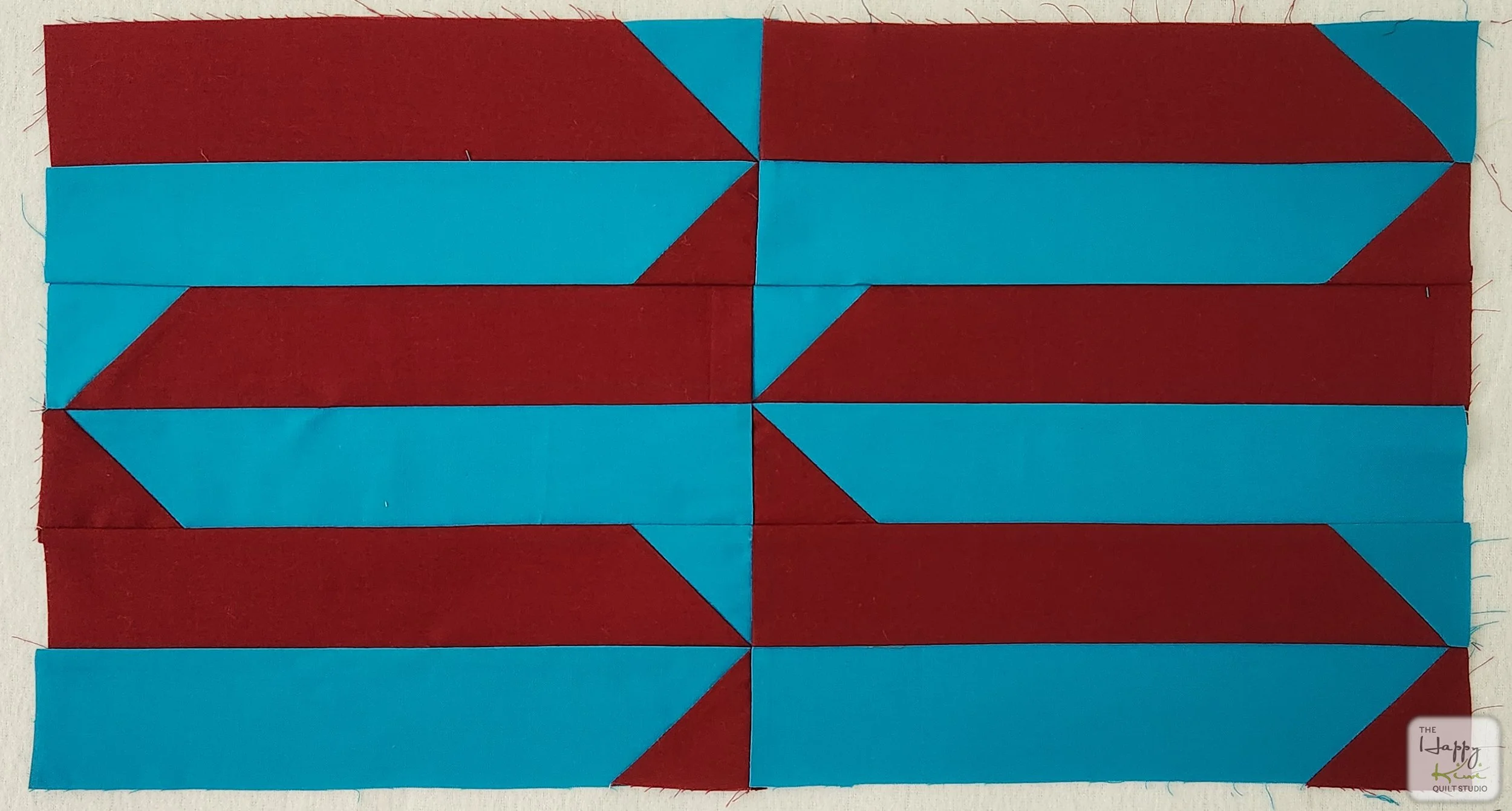Hazy Shades of Greige
Lavender Haze started with a block I liked but a finish that wasn’t quite it. The original version—Lavender Fields—was made with lavender and sage batiks. I loved the chaos, but it didn’t really fit with where I was heading design-wise. I’d also sold the quilt, so there was no way to rephotograph or rewrite it properly. I decided to remake it. That was the plan.
The first attempt involved scrappy lavender batiks and a consistent soft grey. It looked... awful. Not in a fun chaotic way—just muddy and sad. I didn’t even assemble the top. Instead, I stepped back and started over completely—new block, new layout, same vague lavender idea. It turned out the only thing worth saving was the color. The lavenders stuck.
I’d accumulated a solid collection of lavender fat quarters—bought intentionally or collected through the “sure, I’ll use this eventually” phase of previous projects. So I arranged them in a gradient, and something clicked. The color shift was lovely. It had movement.
Then came the neutrals. I grouped them into cool greys and warm greiges, and although I’m not usually a beige person, the greige side started whispering to me. After the disaster with the grey background in the earlier version, I decided to lean into the warmth instead.
Pairings became the next puzzle. I auditioned dark-and-light combinations, but I wanted a gradient effect, not contrast, so I went with dark-dark pairs from both color families. It’s subtle but strong—and exactly what I was looking for.
Funny thing: I originally planned to do this in two colors. I even made a test block in teal and burgundy (still love it). The clean geometry works beautifully in two tones. But I couldn’t shake the idea of what would happen if two gradients met and danced a little. The lavender and greige combo felt like a risk, but also… kind of like falling in love with something you didn’t expect to like. (Ahem. Greige.)
The construction process was math-heavy thanks to fat quarters, specialty rulers, and a pretty tight cutting margin (The pattern itself is written for traditional cutting methods—no specialty rulers needed—but it does require more fabric than a fat quarter allows.). One of my favorite moments was realizing I’d cut the exact number of pieces I needed, with slivers left behind like evidence. It's nerve-wracking in the moment, but there’s satisfaction when the math hits just right.
I usually assemble quilts in columns because it’s easier to pin to my design wall. But with Lavender Haze, rows made more sense for minimizing seam bulk. I still pinned them up in vertical orientation because I need to see the final vision as I go—gravity helps with creative decisions.
And, of course, Gracie supervised the whole thing. She has excellent taste.




